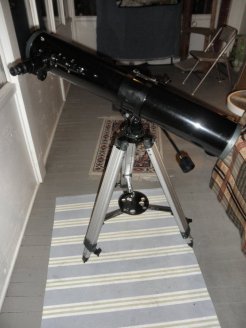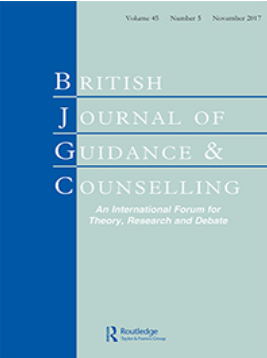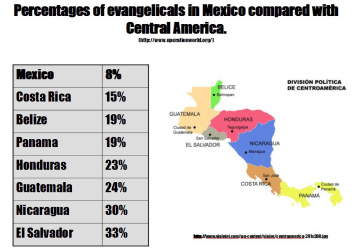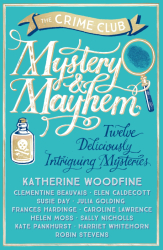
Denise Mina’s The Long Drop won Bloody Scotland’s William McIlvanney Prize for crime fiction. You expect it to be good. The first-year philosophy student in me, or indeed William McIlvanney’s, Detective Laidlaw, would be the first to ask, what do you mean by good? I mean I did like it. But if I hadn’t read it that wouldn’t bother me that much. I wouldn’t be pressing a copy of the book on acquaintances and saying you must read this. There’s good and there’s good. And this is good, but not that good.
The Long Drop is set in my part of town, and the plot revolves around the trial of Peter Manuel for murder in the High Court in Glasgow in 1958. Denise Mina the omniscient narrator informs the reader,
The public are no longer allowed to witness hangings. Death has moved indoors.
Scotland uses the ‘long drop’ method. It is as clean as hanging gets and resolves the two main pitfalls: the head being pinched from the body like a grape from the stalk, or slow strangulation.
We already know that Peter Manuel hangs, one of the last to take the ‘long drop’ in Scotland. He was a kind of bogeyman, accused of multiple murder and rapes, which he denied. To get an intimate portrait of Manuel is for a fiction author to step inside his head. Denise Mina’s manual of Peter Manuel in which she builds up what it means to be a serial-killer and lie to yourself and everybody else as easily as you would strangle a seventeen-year old girl, have a wank over her dead body, and make yourself a sandwich in the kitchen isn’t pretty. The writer’s job is to make him human and plausible. The question then become who is he lying to and why is that lying bastard lying.
Mina begins with a meeting Peter Manuel had with William Watt and Lawrence Dowdall at the end of December 1957 in Whitehall’s Restaurant/Lounge. Lawrence Dowdall was the leading legal figure of his day and William Watt was his client. The purpose of the meeting was because Manuel had promised to identify and provide the gun that had been used to kill William Watt’s wife and her mother, bang, bang, dead in their beds, but his daughter takes a bit longer, her killer toyed with her as a cat toys with a mouse. Manuel has a history of rape charges stretching back to when he was fourteen. He has an intimate knowledge of the Burnside house, where the murder took place. Watt portrays himself as a successful businessman an up-and-coming figure but he was charged with the Burnside murders, before Dowdall got his release. The Webley guy Manuel has offered him would free Watt from further police enquiries and keep his good name intact. Watt is willing to pay Manuel for the gun. This is not a path that Dowdall advices his client to take. Manuel and Watt need to ditch Dowdall so they can trade information about what they want and need.
What follows, in flashback of alternate chapters, with the High Court trial of Peter Manuel, is what happens after Manuel and Watt leave the Whitehall Restaurant together and stumble drunkenly through the mean streets of Glasgow. A world both are intimately connected to as they are to each other. This puts the flesh of the bones on the characters and tells the reader who committed the murders and why. Scottish Noir.
Advertisements Share this:




